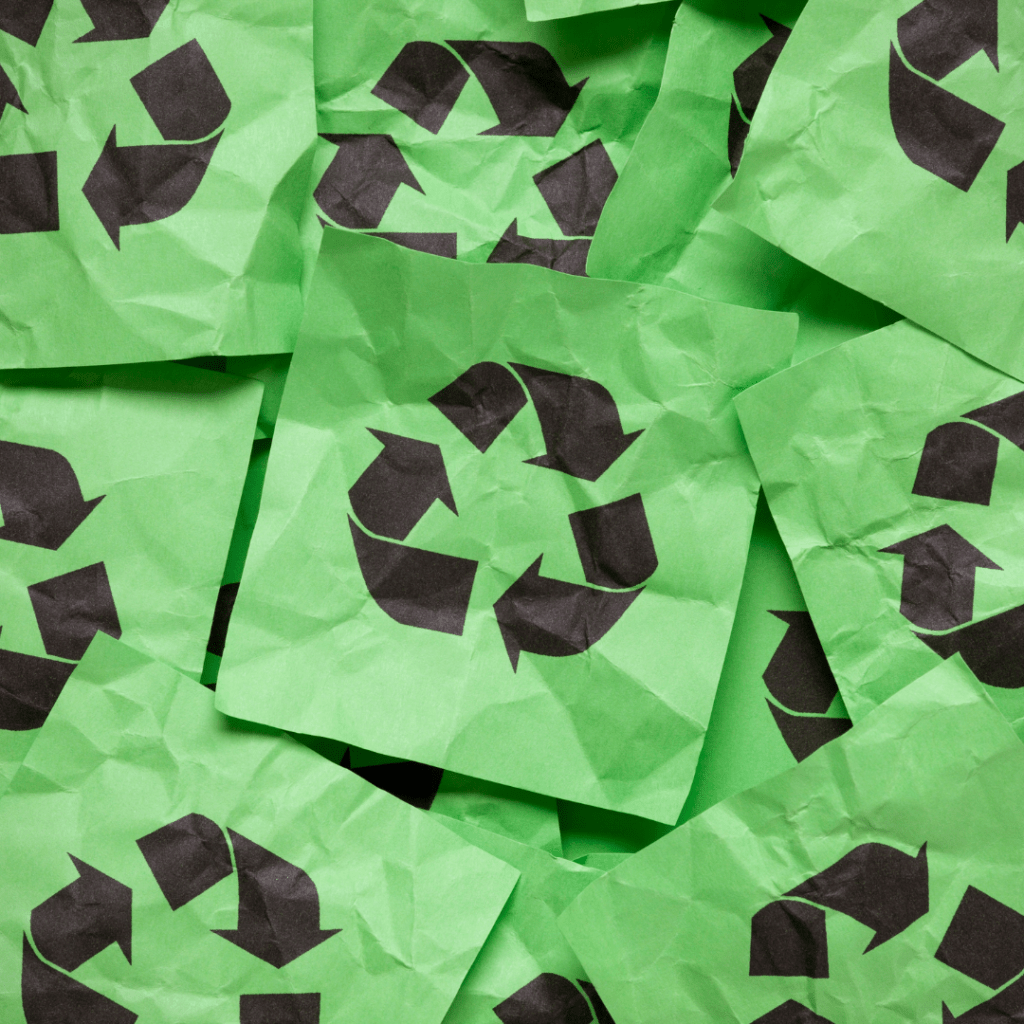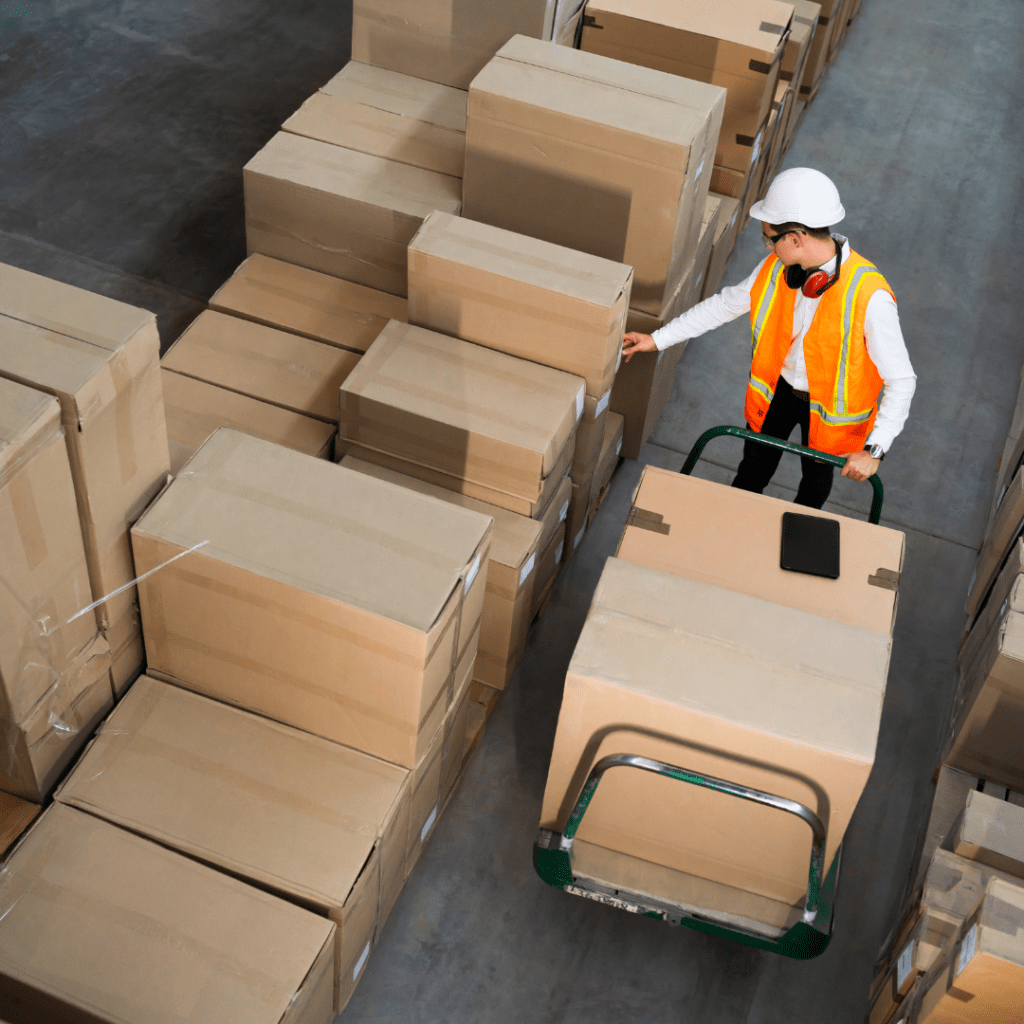Debunking 5 Myths About Recycling in South Africa
When it comes to waste and recycling statistics, there’s a lot of misinformation out there. What we see online doesn’t always reflect what we see in real life. People tend to trust their lived experiences more than vague numbers on the internet, creating a mixed bag of perceptions – some accurate and some not. In reality, some of our ideas about recycling might not be true.
Recycling is a complex concept for most everyday people, making it an easy target for misunderstandings. It doesn’t have to be this way! Sharing knowledge and asking questions can help us debunk myths and make recycling a more approachable topic for all.
5 Recycling Myths (and 5 Recycling Truths)
1.Recycling Doesn’t Make a Difference
With recycling, and the environment in general, the age-old belief that “one person can’t make a difference” often kills good ideas. This type of thinking is especially prevalent in South Africa, where waste isn’t always well managed. However, there is scientific evidence to prove that recycling does make a difference, both to the environment and the economy.
Project Drawdown, a leading publisher of climate change data, reports that recycling has the potential to reduce carbon emissions by 10.36 to 11.29 gigatons by 2050. To put that into perspective, all aviation, including commercial flights, private jets, and freight planes, emit about 1 gigaton of CO2 per year[1].
2.Recycling is Too Expensive for South Africa
When we think of nations that recycle, wealthy countries like Germany and Switzerland might come to mind. We may imagine shiny recycling plants with expensive equipment and teams of engineers behind the scenes. How could South Africa compete?
The truth is, South Africa has been recycling for decades. A 2017 research paper[2] from the Resources scientific journal notes that we have had waste sorting facilities in the country since the 1970s. Since the 2000s, organisations like eWASA, PETCO, Collect-a-Can, and The Glass Recycling Company have been running recycling programs for different types of waste.
Unlike many developed countries, most of South Africa’s recycling is not separated at the source. Instead, it is collected from landfills or through the work of informal waste pickers. Still, we manage to achieve consistently high recycling rates for metal, plastic, paper, and glass. Recycling actually contributes to our economy and has been identified by the government as a good way to create jobs.
3.The Government is Responsible for Recycling
Even though the government is responsible for rubbish collection and transport, it still requires public participation to make mass recycling a reality. Getting residents to sort recyclables from general trash is called separation at the source (S@S). Some municipalities in South Africa have tried this system, but usually don’t get very good results.
For example, in 2016, the City of Johannesburg achieved an 18% participation rate in its S@S program – a dismal fraction of the 70% target.[3] When asked why they didn’t separate recyclables at home, many residents said it was “not their responsibility.” This is simply not true. All countries with high recycling rates, including Germany, South Korea, Japan, and Norway, rely on their citizens to do some sorting.
4.Recycling is Hard Work
Many studies have investigated why people choose not to recycle, and a common theme emerges: recycling takes time and energy that we just don’t have. A 2020 study[4] from the City of Johannesburg, for example, found that 62% of people believe that recycling is inconvenient. Rinsing recyclables, sorting them, and finding somewhere to store them sounds like a lot of work.
What many people don’t realise is that South Africa recently implemented a new law to make recycling easier. It’s called extended producer responsibility (EPR). The new regulations place the burden of recycling on businesses, not consumers. This means shops and manufacturers now have to provide convenient recycling solutions for their customers.
5.Only a Few Things are Recyclable
By now most of us know you can recycle paper, cardboard, and cooldrink bottles. But did you know the most commonly recycled type of plastic in South Africa is actually LDPE?[5] That’s the thin, flexible plastic used for shopping packets, bread bags, and fruit and vegetable bags. Sadly, these often end up in the trash because people don’t know they are recyclable.
In reality, you can recycle a lot more materials than you think. Polystyrene is another example. There is a common misconception that you can’t recycle polystyrene, but it is actually in high demand in the recycling industry. In South Africa, we use recycled polystyrene to make decor and construction products.
The Way Forward? Education and Awareness
All over the world, research[6] has shown that knowledge directly impacts participation in recycling programs. Understanding how recycling works, what materials are recyclable, how to sort different materials, and what happens to them after they leave your house is important. Expecting people to blindly go along with new systems is unrealistic. Education and trust-building must come first.
In South Africa, Producer Responsibility Organisations (PROs) handle most of our recycling and waste awareness. They partner with government institutions and private charities to share facts and spread knowledge, hopefully boosting recycling rates along the way.
For more information about recycling or to set up an awareness campaign in your business, school, or community, please get in touch.
SOURCES:
- https://www.shellpoint.info/InquiringMinds/uploads/Archive/uploads/20151023_The_Reign_of_Recycling.pdf
- https://drawdown.org/solutions/table-of-solutions
- https://ourworldindata.org/global-aviation-emissions
- https://www.mdpi.com/2079-9276/6/4/57
- https://www.thepaperstory.co.za/wp-content/uploads/2024/06/243470-PAMSA-Recycling-facts-2023-v4.pdf
- https://wasteroadmap.co.za/wp-content/uploads/2020/03/1_Wits_2017_Kadyamadare.pdf
- https://www.ncbi.nlm.nih.gov/pmc/articles/PMC9141565/
- https://www.plasticsinfo.co.za/wp-content/uploads/2023/09/Plastics-2022-Exec-Summary.pdf
- https://open.uct.ac.za/server/api/core/bitstreams/d433cf24-2c6e-4696-ad1b-57a7646b1e57/content
[1] https://ourworldindata.org/global-aviation-emissions
[2] https://www.mdpi.com/2079-9276/6/4/57
[3] https://wasteroadmap.co.za/wp-content/uploads/2020/03/1_Wits_2017_Kadyamadare.pdf
[4] https://www.ncbi.nlm.nih.gov/pmc/articles/PMC9141565/
[5] https://www.plasticsinfo.co.za/wp-content/uploads/2023/09/Plastics-2022-Exec-Summary.pdf
[6] https://open.uct.ac.za/server/api/core/bitstreams/d433cf24-2c6e-4696-ad1b-57a7646b1e57/content


